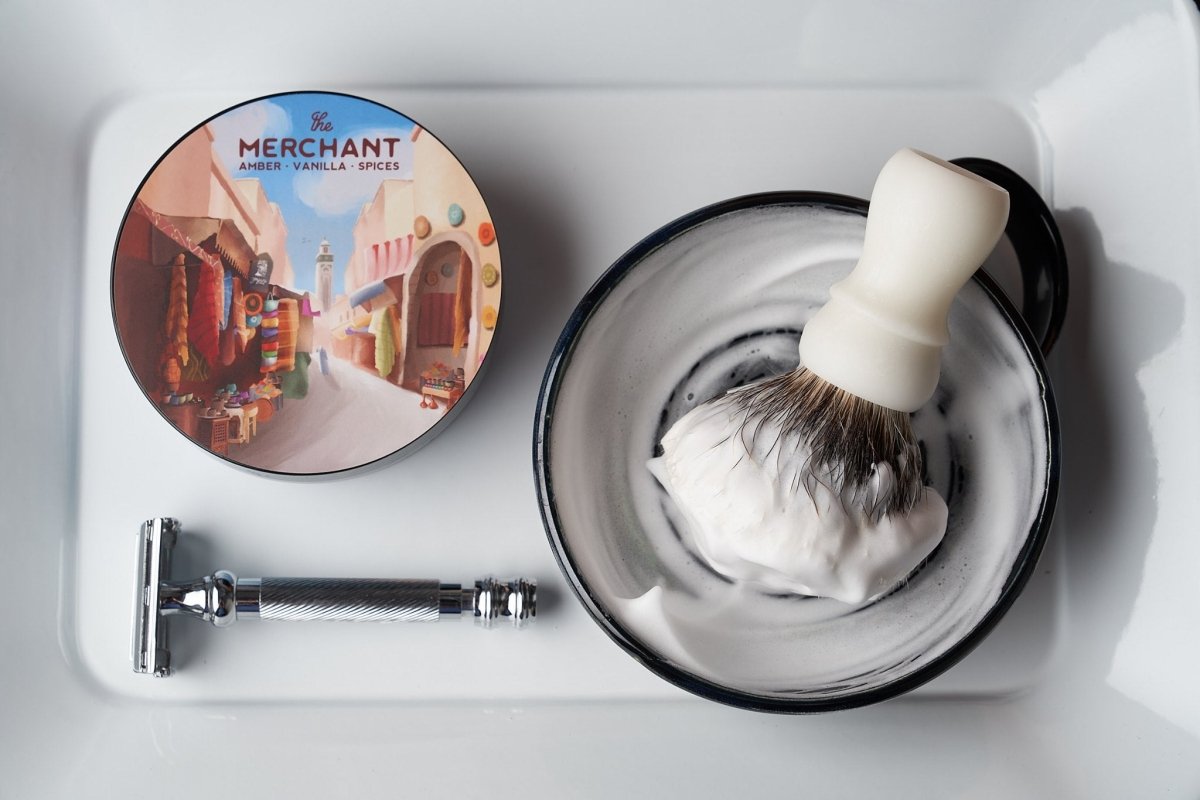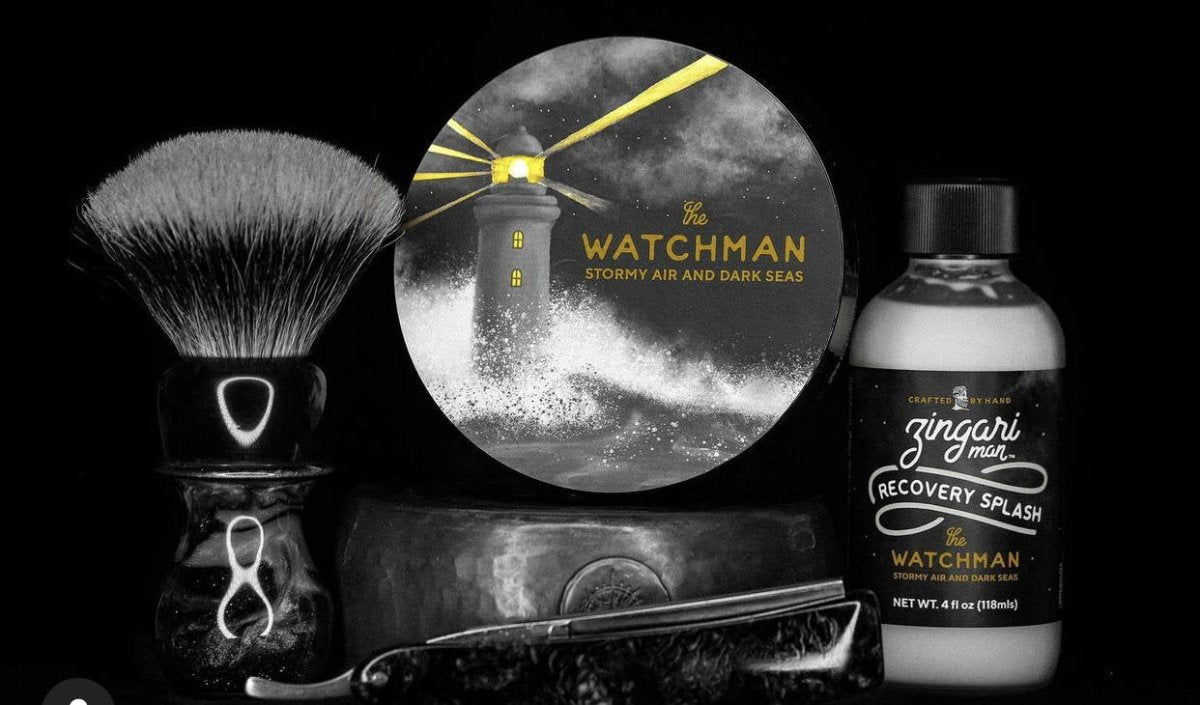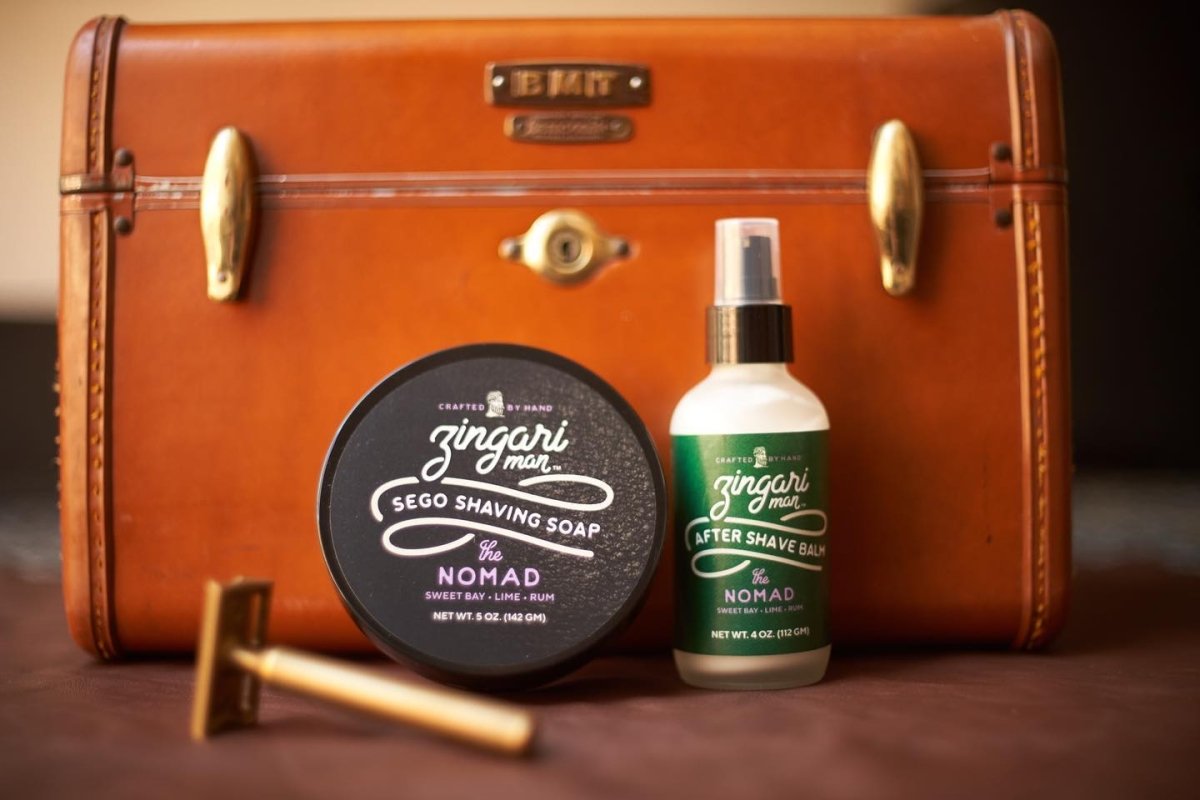
Guide to Shaving Soap: Everything You Need to Know
Shaving soaps first made their appearance in the 14th century and were the primary choice for shaving men until WWI, when shaving creams started to become widely available. They are a classic men’s grooming essential that often gets overshadowed by newer products that end up providing a worse shaving experience overall.
When combined with a shaving brush, shave soap creates a luxurious lather that softens hair, protects skin, and lubricates the razor - all leading to a more enjoyable shave with a better result.
If you’re just starting to dabble in shave soaps, it can be difficult to find key explanations and instructions to get started. Here’s a guide to everything you need to know about shaving soap:
Is shaving soap better than cream?
One of the biggest differences between shaving soap and shaving cream is the consistency. Creams are often softer and quick to lather because they already contain some water, but the lather doesn’t last as long or provide enough cushion under the razor. Shaving soaps are typically denser & will require more elbow grease to build a lather.
Shave soaps produce a thick, cushiony lather that offers protection from skin irritation. It can take a little practice to master the task of lathering a shave soap, but the resulting post-shave feel is often excellent.
Canned shaving creams are also often filled with chemicals, artificial lubricants, and cheap fragrances. Shaving soaps are usually made from mostly natural ingredients that work to hydrate & protect the face.
The biggest advantage of shave soap lies in the cost-per-shave because it is cheaper due to the fact that it lasts much longer than regular shaving cream.
How is it made?
There are several vital ingredients found in shave soaps that are used to create the desired outcome:
- Stability: Shaving soap differs from regular soap because it includes potassium and sodium salts with a high stearic fat/oil acid content. Stearic acid creates the stable lather, slickness, and softening qualities that are necessary in a shave soap. Some of the most common high stearic fatty acid content oils are castor oil, palm oil, and coconut oil. When mixed with fasts/oils, potassium hydroxide causes a chemical reaction called saponification (resulting in soap).
- Slickness: The high stearic acid also aids in slickness in the lather. Other ingredients that can contribute to this are castor oil and glycerin.
- Hydration: Since soap can have a drying effect, moisturizing agents are an important ingredient. Some common moisturizers are jojoba oil and shea butter.
- Nourishment: Many of the ingredients used for hydration are also good for nourishing the skin. Cocoa butter, jojoba oil, and others are examples of ingredients that serve multiple purposes.
This isn’t a complete list of shaving soap ingredients, but it can give you a good idea of some common ingredients and their purposes.
How do you use shave soap?
Wet your shaving brush. This allows it to soak up enough liquid to build a good lather. Whisk it over the soap, then decide where to build the soap into a lather. This can be done in the palm of your hand, a shave bowl, or directly on your face.
To build the lather, simply swirl the brush around until the texture is light. If your lather is still very stiff or thick after a minute or so, you may need to add hot water a little at a time until you get the desired texture.
Apply the lather to your face evenly to exfoliate the skin and surround each whisker with lather. Shave with the grain, across the grain, and shave against the grain for a baby-butt smooth shave. You may then want to do a clean-up pass for any spots you may have missed. Rinse with cold water, and voila!
What are the benefits of shave soap?
- Longevity - Shave soaps tend to last quite a while compared to creams, offering an excellent value for the price. A good jar of shave soap can last for about 100 uses if used daily.
- Reduced (or eliminated) irritation - Shave soaps allow you to get a close, smooth shave while simultaneously moisturizing your skin. This can reduce or virtually eliminate skin irritation.
-
Increased hydration - They create a rich, deep lather that delivers increased hydration compared to other shave products like foams, creams, and oils.
-
Environmentally friendliness - Since shaving soaps often come in jars or containers, they are more environmentally friendly than their counterparts that come in aerosol cans.
How do you lather shave soap?
With a wet shaving brush, swirl over the soap for 10-15 seconds. If you prefer, transfer it to a bowl. Use a light pressure to whisk up a lather, being careful to not push too heavily. You’ll see the lather start to build up.
Once you’re confident that you have a good, thick lather, you can start applying it to your face.
How do I find recommended shave soaps?
Do your research. Read reviews on brands that shaving connoisseurs have put to the test. Browse reputable products that are going to give you the best shave experience.
Our shaving soap is top of the food chain and will perform during your shaving ritual as well as hours afterward. Our shaving soap has had years of experience and formulations to bring to market for you. Our formula is made with expertise and care with your skin health as our main concern. Browse our collection of shaving soaps now - your skin will thank you!




1 comment
Silky lather with long lasting fragrance!
Myles Snyder
Leave a comment
This site is protected by hCaptcha and the hCaptcha Privacy Policy and Terms of Service apply.